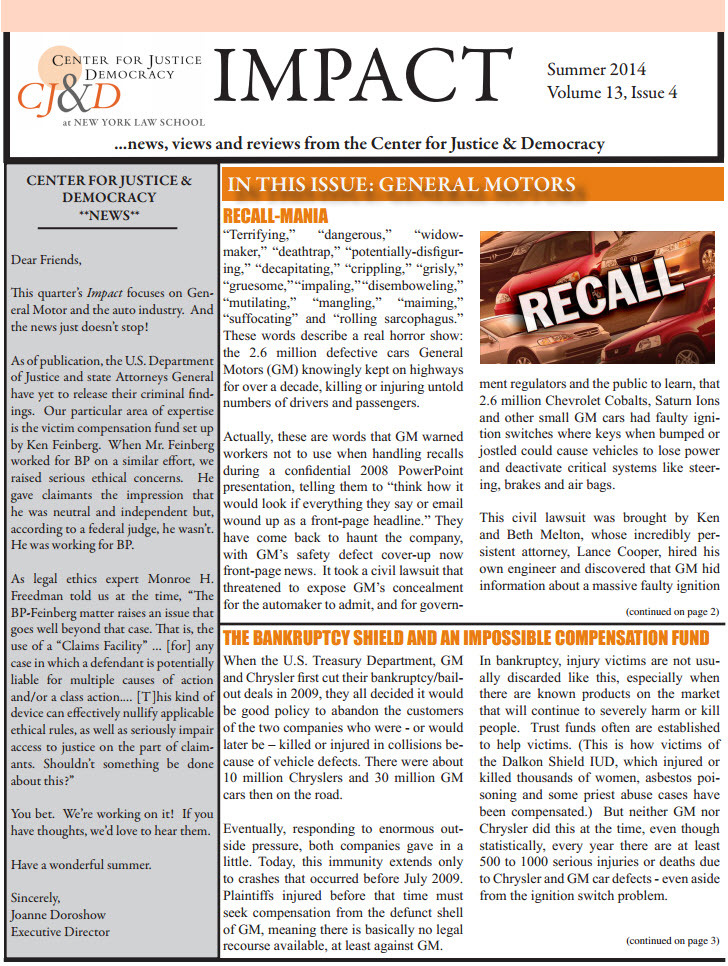In 2014 car companies recalled a record number of 63.95 million vehicles to repair potential manufacturing defects and prevent car accidents
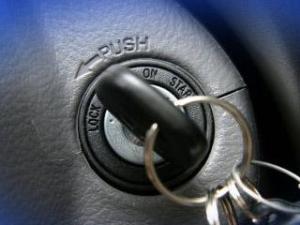 GM defective ignition switch and Takata defective airbags accounted for a large part of the recalls.According to the automakers, GM recalled about 27 million vehicles last year, Honda recalled about 8.9 million vehicles last year, Fiat Chrysler recalled about 8.8 million, Toyota recalled about six million and Ford recalled almost 4.9 million.Airbag defects led to one third of all the recalls in 2014. The previous record was of 30.81 million cars recalled in 2004. Manufacturers recalled 22 million vehicles in 2013 and 16 million each year in 2012 and 2011.
GM defective ignition switch and Takata defective airbags accounted for a large part of the recalls.According to the automakers, GM recalled about 27 million vehicles last year, Honda recalled about 8.9 million vehicles last year, Fiat Chrysler recalled about 8.8 million, Toyota recalled about six million and Ford recalled almost 4.9 million.Airbag defects led to one third of all the recalls in 2014. The previous record was of 30.81 million cars recalled in 2004. Manufacturers recalled 22 million vehicles in 2013 and 16 million each year in 2012 and 2011.
Also 7.7 million child safety seats were recalled in 2014, the second highest number since such statistics started to be collected in 1972. Read more in the New York Times
 New York Personal Injury Attorneys Blog
New York Personal Injury Attorneys Blog


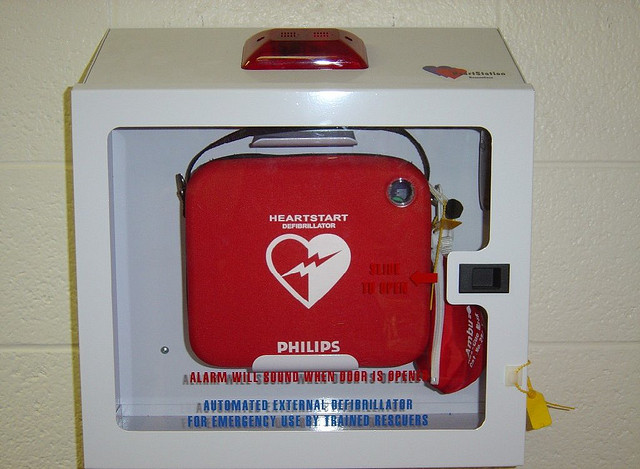 When a person is injured or dies because of an automated external defibrillator failure, it is often the result of
When a person is injured or dies because of an automated external defibrillator failure, it is often the result of
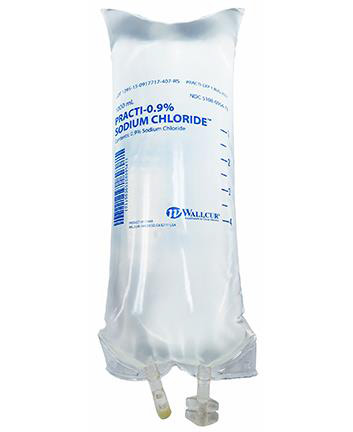
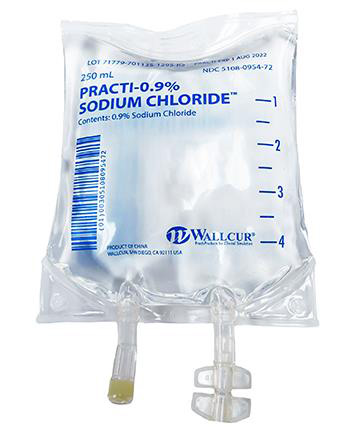
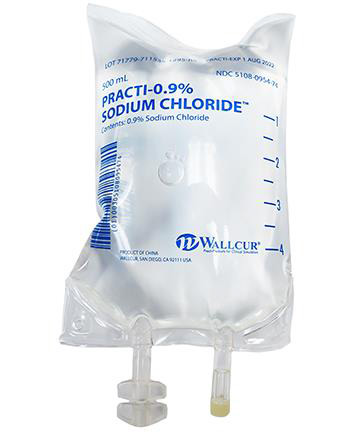
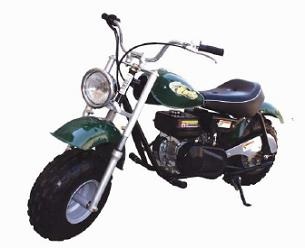 Baja Motorsports knowingly failed to report immediately
Baja Motorsports knowingly failed to report immediately 